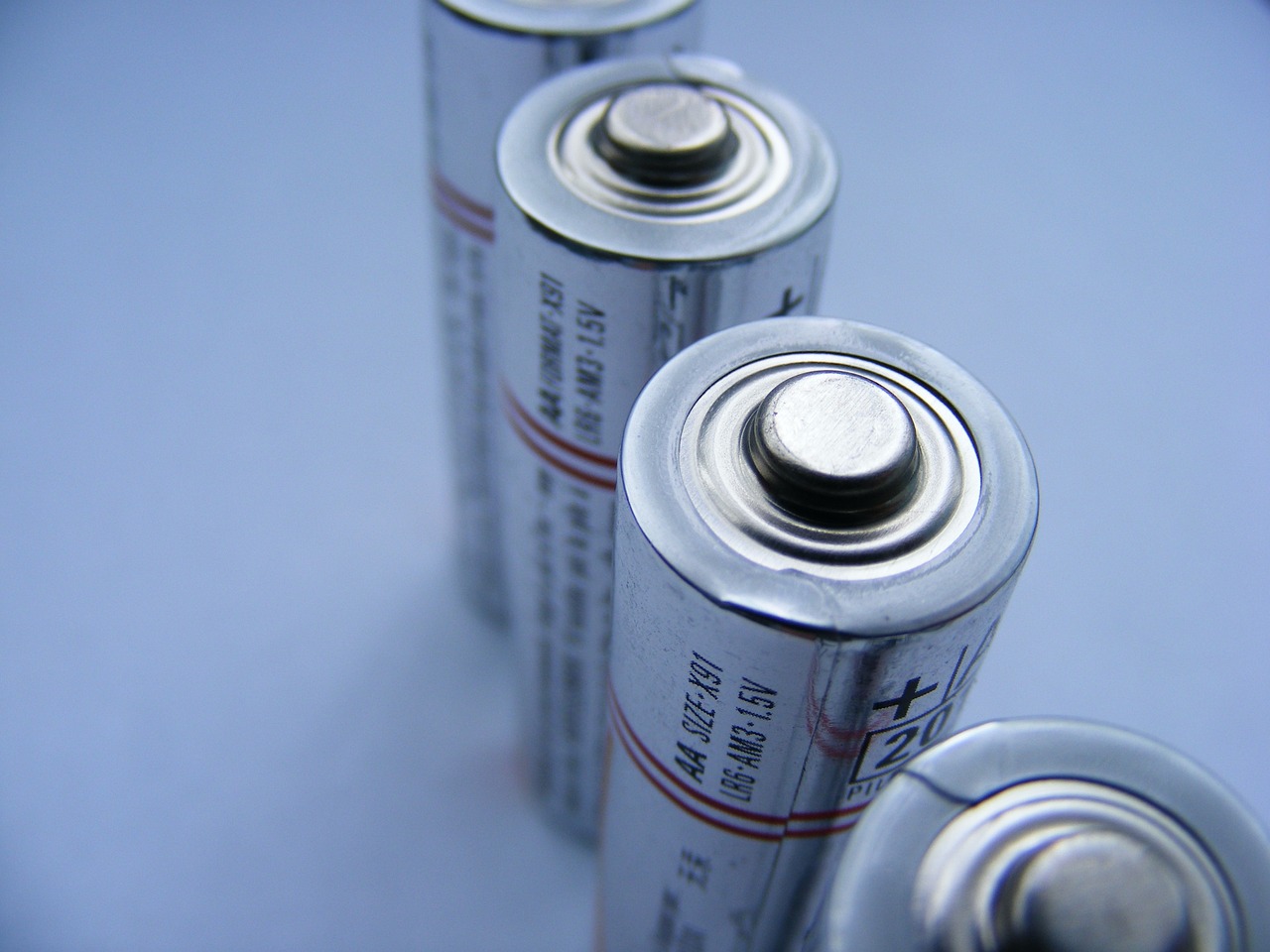This post is also available in:
 עברית (Hebrew)
עברית (Hebrew)
A California-based startup, Next Energy Technologies, has revealed a groundbreaking product: the world’s largest fully transparent organic photovoltaic (OPV) window. Measuring 101.6 cm by 152.4 cm, this innovative glass window can generate solar power while maintaining a clear view, marking a significant milestone in the quest for sustainable building materials.
This new window features an OPV layer embedded within the glass, designed to harness solar energy without sacrificing transparency. The window also includes key components such as a busbar, edge seal, junction box, and cover glass, creating a complete, functional solar panel system integrated directly into the window. By combining power generation with high-quality aesthetics, this product moves the glass industry closer to the vision of solar-power harvesting windows.
Organic photovoltaics, a technology based on carbon-based semiconductors, offer a unique advantage: they can capture light in ultraviolet (UV) and infrared (IR) spectrums while allowing visible light to pass through. Unlike traditional solar panels, OPV windows allow for transparency, making them ideal for use in buildings where natural light is important. The materials used in OPV are not only abundant and low-cost but also free from harmful byproducts, making the technology a more sustainable alternative to conventional photovoltaics.
Next Energy Technologies previously showcased smaller OPV windows, which were capable of offsetting 20% to 25% of a typical commercial building’s energy usage. These windows also absorb infrared light, which helps reduce heating and cooling costs by lowering the demand for HVAC systems. The new larger window, with its high efficiency, is expected to play a critical role in transforming buildings into self-sustaining, energy-efficient structures, the company believes.
The company’s production method uses automated slot-die coating techniques, which allow for a seamless integration of the solar technology into standard glass production lines. This means that glass manufacturers can adopt the technology without major changes to their existing processes. By addressing challenges such as performance, aesthetics, and manufacturability, Next Energy’s OPV windows offer a promising path toward widespread use of solar energy in architecture.


























